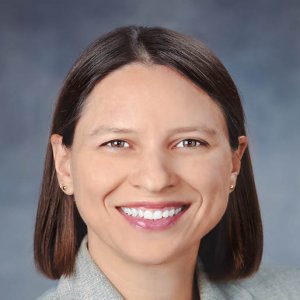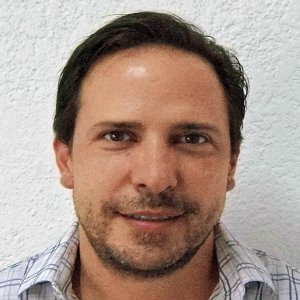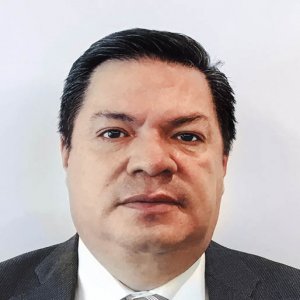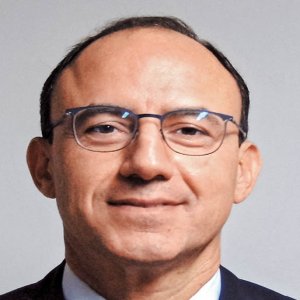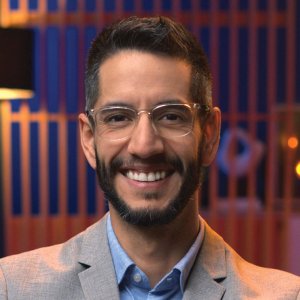Adapting to the Healthcare System

STORY INLINE POST
Q: What is UNAM doing to ensure students get the best job offers in Mexico and do not feel the necessity to leave the country?
A: Several years ago, the Brazilian government, due to a lack of general medical doctors, brought Mexican medical doctors to Brazil. Generally, doctors that go abroad do so to specialize and are usually the elite. They leave to take medical licensing exams in the US, Canada or Europe to obtain their specialization or subspecialty.
The problem is not that our doctors are going abroad but rather, the challenge lies in providing adequate job opportunities at home. Mexico produces around 14,000 physicians per year in approximately 140 medical schools but, in general, Mexican physicians do not receive employment offers from abroad. Recent graduates have little interest in becoming a general practitioner and they focus on obtaining a specialization, which is a reflection of the labor market as, for example, IMSS only hires medical doctors with a specialization, particularly because its healthcare system is geared toward family medicine. IMSS attends around 70 million Mexicans, which means that roughly half the health system is blocked to the general practitioner as this system impedes them from accessing jobs in this sector. The Ministry of Health of each state and ISSSTE have opened few vacancies for general practitioners. Therefore, a general medical doctor has limited opportunities to enter the workforce.
Options for a recent medical graduate include specializing, which is what the majority aspire to. Around 40,000 physicians applied for the National Residency Exam in 2016, competing for about 8,000 places. This varies by specialty as some have greater demand, such as ophthalmology or otorhinolaryngology. This leaves around 30,000 without a specialization. Some of these doctors go into private practice in general medicine but others are being hired as pharmacy consultants, with around 15,000 positions available.
Q: How is the UNAM School of Medicine working with the government to this end?
A: This is a situation in which the solution does not lie solely with the School of Medicine. We strive for our students to be the best prepared and to be competitive in their respective fields and to have the necessary competencies aligned with the epidemiological profile of Mexico. The labor issue does not necessarily depend on us. We are working closely with the Ministry of Health and health agencies. It is not a new nor an easy problem. It has to do with the health system itself and the healthcare model. The Ministry of Health has proposed a new model of care, which we hope will be successful in increasing job openings. We are proposing several solutions. One of which is to train medical doctors with a family medicine specialty, adding a couple of years to the core medical curriculum to make it a nineyear combined studies program.
Q: Apart from the medical specialty, what skills do employers look for and how is UNAM meeting this demand?
A: The reality of the situation is that the main focus in hiring is in meeting the academic demands. There are instances, such as medical institutes or highly specialized IMSS hospitals that require other characteristics such as highly technical knowledge and a research background. The competencies of other areas are difficult to evaluate but the most important role of a doctor is the human aspect. This may be one of the most important elements, sometimes even more than technical abilities. A patient does not know if we are providing the correct treatment or choosing the right study. They pay attention to how they are treated. The doctor’s focus is on the technical side and patient’s focus is on the human aspect. Therefore, our main goal is to include both in medical education.

